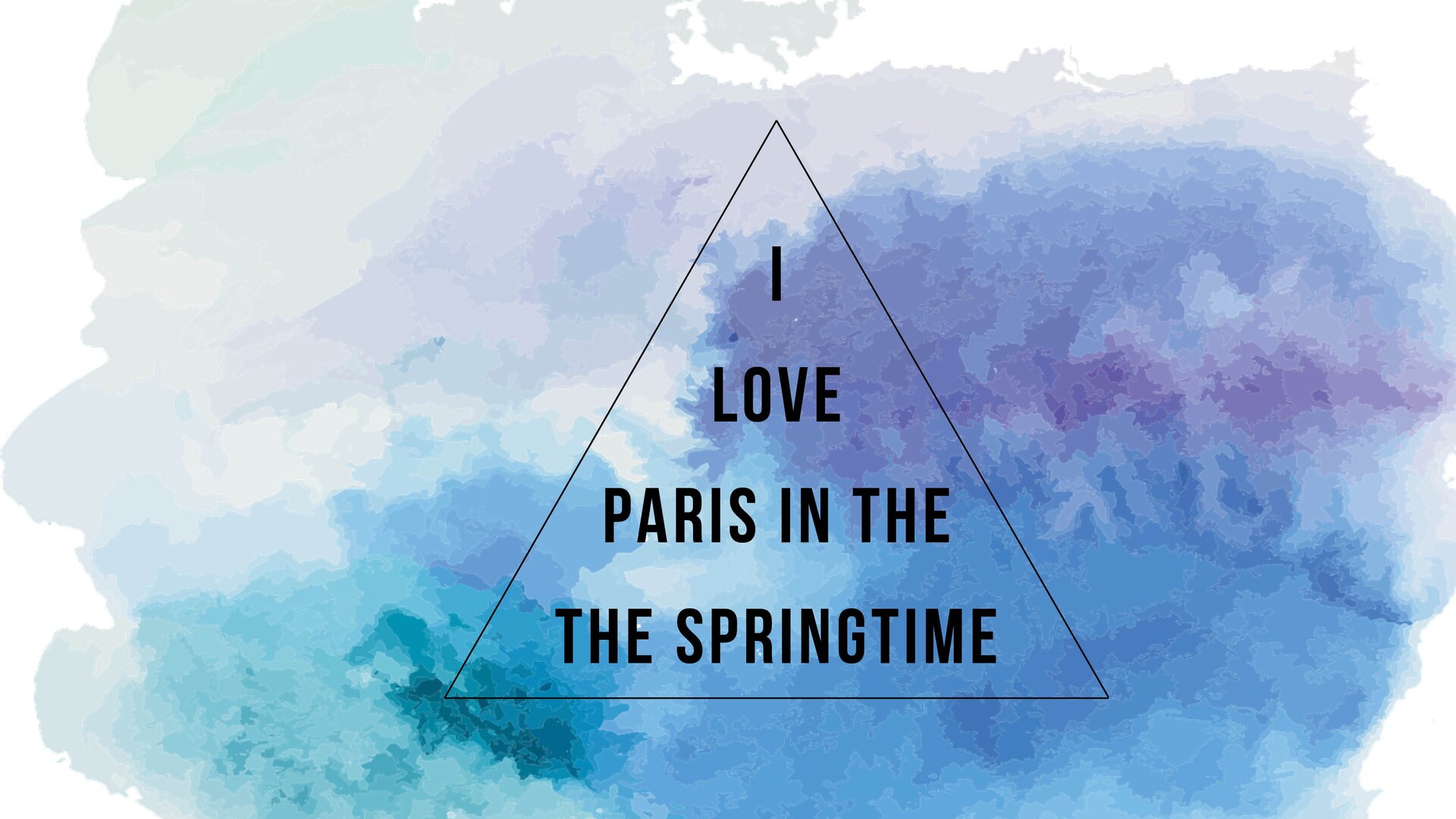
The Editing Company
Toronto, Ontario
RECENT POSTS
TEC Blog
Categories
Show All- Editing
- Grammar
- Usage
- Style
- Editor/writer
- Publishing
- Business
- Writing
- Writers support group
- Event
- Proofreading
- Copyright and permissions
- Usage
- Book reviews
- Editing new media
- Technology
- Books & libraries
- Ttc stories
- Editing & marketing
- Office happenings
- Social media & community
- Language & editing
- Social media
- Editing & marketing
- Indexing
- Book design
- Tec clients
- Guest blogger
- Creative women doing sixty
- Book clubs
- Books and reading
- Ebook technology & services
- Editing numbers
- Editing & technologies
- Opera, movies

Spotting Typos: Sometimes We See Them, Sometimes We Don’t
by Beth McAuley
Published at 2021-09-15
In August 2017, Beth wrote this blog when our TEC offices were located on 27 Carlton to express her frustration at spotting obvious – or perhaps not so obvious – typos that are missed in storefront signs, newspapers, and final pages of a book manuscript. Sometimes we spot them when others don’t, and vice versa!
*****
We editors can't help that our eye will fall on misspelled words or faulty punctuation. No matter where they appear. Take, for instance, a new eatery opening up a few doors down from us here on College Street. The menu offers a blend of sushi and burritos, rolled into one, and apparently you will be able to make your own. The location is under renovation, and the windows are plastered with giant words and expressions about the new eating experience soon to be located there. It is a pretty busy visual, but still, there it was. The line of text with the typo: Keep Calm and Roll You Own. I spotted it, sighed, and kept on walking. But now I see it every day as I walk by, and I am resisting the urge to take a Sharpie to it.
Recently, I spotted a misplaced period in a Globe and Mail editorial. The editor was discussing the ongoing tension between Moscow and Kiev, and how Moscow continues to claim that Kiev was responsible for the destruction of Malaysia Airline Flight 17. (Spoiler alert: It wasn’t). That is exactly what I read. What made it even more noticeable was that it concluded the paragraph. It wasn’t buried in text where I might have skimmed over it.
No, no, I said. That period needs to be inside the parenthesis, not outside. I think it’s wrong, I thought. It is wrong, right?
What Do the Style Guides Say?
The Globe and Mail Style Book (circa 1990) at page 254: If the parentheses contain a complete sentence, the closing punctuation goes inside the brackets.
The explanation does not provide an example, but it could be this:
(Spoiler alert: It wasn’t.)
It continues: If the bracketed thought is part of a larger sentence, the punctuation goes outside:
He told the crowd that he would do as he had done before (in dealing with the public service).
The Canadian Press Style Book (circa 2013) at page 379, rule 8: If a punctuation mark applies only to the words inside the parenthetical section, put the mark inside the closing bracket:
Most employees learned the new system quickly. (It helped to have supervisors on hand.)
This is interesting too, rule 7: If a punctuation mark applies to the whole sentence, put the mark after the closing bracket:
Words must be reputable (not socially frowned on). “I tell you this” (turning to the jury): “I am innocent.”
We All Miss Mistakes
For sure, we all gloss over mistakes, and we all have near-misses (the worst kind). One of my favourite near-misses is when I was proofreading the final galleys of a book for Second Story Press (a few years ago now), and paused for lunch. The galleys were open on the desk, and as I ate, I let my eyes flow over the text. It was then that I caught a wonderful misspelling. The narrator was describing how something in her life felt like a “yoke around her neck,” but the spelling of “yoke” was “yolk.” I put aside my lunch and marked the correction, sighing with the utmost of relief, as you can imagine!
I found this interesting article online that talks about why some of us catch things and some of us don’t: “Why Do We Miss Typos? How Proofreaders Improve Content” by Melissa Lewis Grimm. She acknowledges that “even the most thorough of proofreaders miss errors occasionally” and explains that there may be a scientific explanation for why people can’t identify all the typos in a piece of content. “Our brain tricks us into thinking what we are reading is correct. It allows us to read what we think we should see on the page instead of actually reading the text word for word.”
For example, when you saw the header image for this blog, did you notice anything odd about it? Can you spot the error?
She explains what happens: Many people would skip right over the typo of two “the’s” because they’re on two different lines. Also, we expect there to be only one “the,” so the sentence reads correctly to us.
So, the “you” needs an “r” to be “your,” and the period outside the parenthesis was a miss. Nothing more than that. We’ve all done it and we will continue to do it. It’s a way we keep each other on our toes. Caretakers of the printed word, we are.
Want a monthly editing tip? Sign up for our monthly newsletter and have helpful editing tips delivered directly to your inbox.




